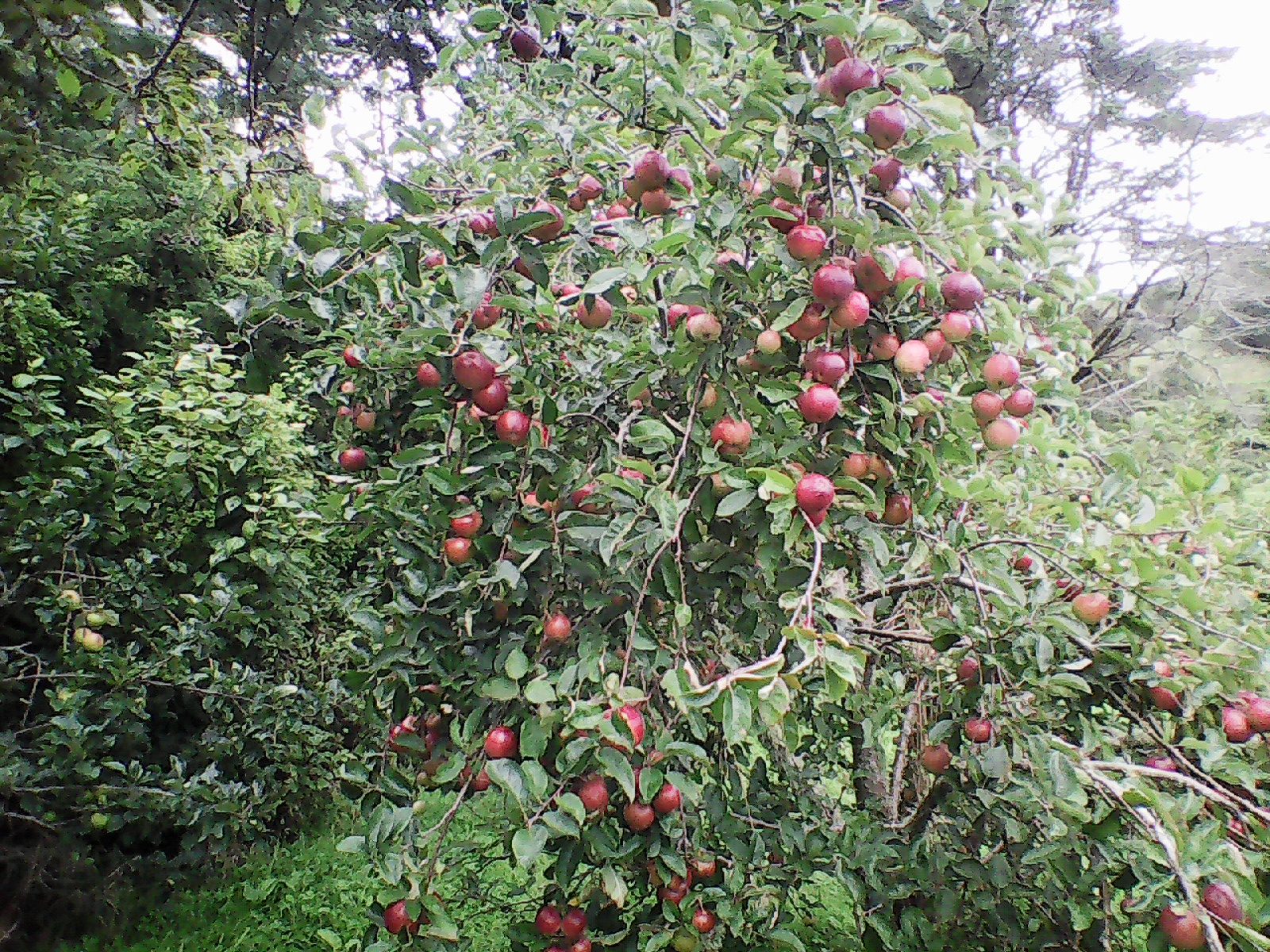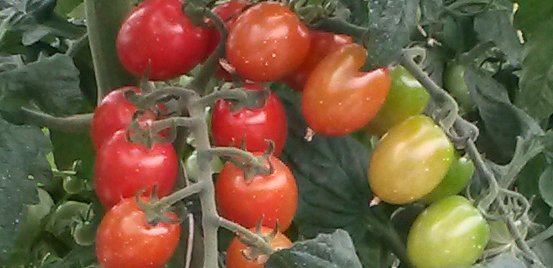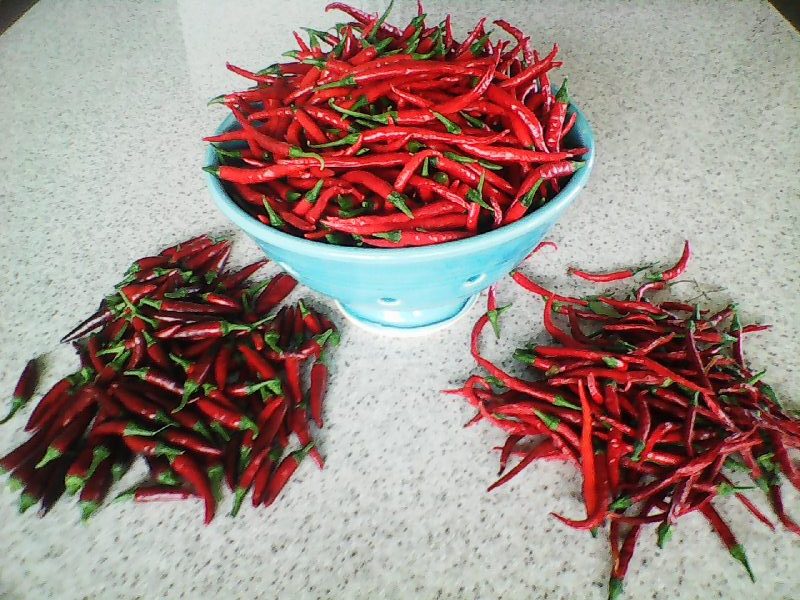
Autumn Community Spirit
In February, t he community Defibrillator was installed on the main road at the New World in Otaki. Otaki Hydroponics were involved with Rotary to fund raise for this valuable community asset with the 2016 Potato growing competition. Rotary and the St John's Ambulance crew were on hand on Saturday 17th of February to show the community what it was and how to use it.
I went through the whole procedure and was very impressed at how easy it is to use. I can assure people that if you are ever faced with the need to use a defibrillator it will clearly talk you through every step of the process.
Rotary continue to help people throughout the region. Currently we have a raffle available in the shop to help erradicate Polio. We have donated an Autopot Starter kit as 3rd prize and I was very impressed that Bill Gates of Microsoft will donate $2 for every dollar raised for this cause. St John's is very active in the community and have a health shuttle available for anyone needing transport to and from medical appointments either locally or to Palmerston North.
he community Defibrillator was installed on the main road at the New World in Otaki. Otaki Hydroponics were involved with Rotary to fund raise for this valuable community asset with the 2016 Potato growing competition. Rotary and the St John's Ambulance crew were on hand on Saturday 17th of February to show the community what it was and how to use it.
I went through the whole procedure and was very impressed at how easy it is to use. I can assure people that if you are ever faced with the need to use a defibrillator it will clearly talk you through every step of the process.
Rotary continue to help people throughout the region. Currently we have a raffle available in the shop to help erradicate Polio. We have donated an Autopot Starter kit as 3rd prize and I was very impressed that Bill Gates of Microsoft will donate $2 for every dollar raised for this cause. St John's is very active in the community and have a health shuttle available for anyone needing transport to and from medical appointments either locally or to Palmerston North.
 Refreshed plants in the greenhouse
Having to start again after our break-in meant we seeded up new Tomato, Capsicum, cucumber and zucchini. Just about the time when tomato and pepper plants start to look a little ragged from producing all summer, a fresh new crop of plants have arrived looking strong and healthy. Ours was forced succession planting but I think we should do this mid-season sowing every year to try and extend the season for these essential salad extras. We will folar feed them with liquid Oceans 100 to ensure they have a great finish to the season.
If you’re looking to extend the season and are lucky enough to have the room, having a greenhouse helps. Once you have a greenhouse, it’s never big enough, so we’re having a new one being built in the yard now. It’s a Harfords from the South Island. It is bigger and wider than the Redpath and I’m looking forward being able to do more in it.
Since the summer started so early some of the plants outside just seemed a little tired after producing for months. Our harvest has been good this year with the star performers still being basil, the “King of the Blues” runner bean and Stevia in the shop and the Aubergines and “Winter grape” tomato at home. I think my poor family are totally over Ratatouille now and I’ll give them a break by pulling the Aubergines out to make room for the new sowing of capsicums.
Refreshed plants in the greenhouse
Having to start again after our break-in meant we seeded up new Tomato, Capsicum, cucumber and zucchini. Just about the time when tomato and pepper plants start to look a little ragged from producing all summer, a fresh new crop of plants have arrived looking strong and healthy. Ours was forced succession planting but I think we should do this mid-season sowing every year to try and extend the season for these essential salad extras. We will folar feed them with liquid Oceans 100 to ensure they have a great finish to the season.
If you’re looking to extend the season and are lucky enough to have the room, having a greenhouse helps. Once you have a greenhouse, it’s never big enough, so we’re having a new one being built in the yard now. It’s a Harfords from the South Island. It is bigger and wider than the Redpath and I’m looking forward being able to do more in it.
Since the summer started so early some of the plants outside just seemed a little tired after producing for months. Our harvest has been good this year with the star performers still being basil, the “King of the Blues” runner bean and Stevia in the shop and the Aubergines and “Winter grape” tomato at home. I think my poor family are totally over Ratatouille now and I’ll give them a break by pulling the Aubergines out to make room for the new sowing of capsicums.
 Stevia in the Autopot
Stevia in the Autopot
 Planning for the Autumn clean-up we have leaf grabbers now available both in long handles
Planning for the Autumn clean-up we have leaf grabbers now available both in long handles and short hand grabbers. Great for general weed gathering and autumn leaves.
and short hand grabbers. Great for general weed gathering and autumn leaves.

 1 tsp cinnamon
4 eggs
1 cup vegetable oil
3 cups grated courgette
1 cup chopped chocolate
Heat the oven to 175 degrees, grease and line 2 loaf tins. Mix the eggs with the oil. In another bowl sift all the dry ingredients. Mix in the oil/egg mixture. Fold in the courgettes and chocolate. Divide the mixture between the tins and bake for 50-60 minutes.
1 tsp cinnamon
4 eggs
1 cup vegetable oil
3 cups grated courgette
1 cup chopped chocolate
Heat the oven to 175 degrees, grease and line 2 loaf tins. Mix the eggs with the oil. In another bowl sift all the dry ingredients. Mix in the oil/egg mixture. Fold in the courgettes and chocolate. Divide the mixture between the tins and bake for 50-60 minutes.
It is always nice to keep your garden producing as long as possible, but sometimes the plants get too messy or insect ridden and you need to pull them out. If you have been really clever you will have thought about this and already have started raising seeds for your replacements. In a season like this it is worthwhile trying another planting of tomatoes, zucchini, cucumber etc. We have done that and we are hoping the summer will last long enough for some more produce, it is worth a try. The ones you should always be planning are the staples like lettuce, carrots, herbs etc. We try to always have seeds on the go so when we need them we have fresh seedlings ready to plant.
We are also preparing for winter. I’m going to have one bed ready, fed and rested for planting our first winter veges. The plan is to get them in early while there is still warmth and hopefully get the chance to get another lot in. One thing to watch for when planting early is insects, especially if you are growing brassicas. Bug netting is the best way to beat white butterfly and I’d recommend anyone growing brassicas to use it. It’s nice to know you have had no sprays or poisonous dust over your broccoli, and anyway, the extra protein of a caterpillar on your plate isn’t very appealing!
Keep planning in advance and your garden will keep rewarding you.
 he community Defibrillator was installed on the main road at the New World in Otaki. Otaki Hydroponics were involved with Rotary to fund raise for this valuable community asset with the 2016 Potato growing competition. Rotary and the St John's Ambulance crew were on hand on Saturday 17th of February to show the community what it was and how to use it.
I went through the whole procedure and was very impressed at how easy it is to use. I can assure people that if you are ever faced with the need to use a defibrillator it will clearly talk you through every step of the process.
Rotary continue to help people throughout the region. Currently we have a raffle available in the shop to help erradicate Polio. We have donated an Autopot Starter kit as 3rd prize and I was very impressed that Bill Gates of Microsoft will donate $2 for every dollar raised for this cause. St John's is very active in the community and have a health shuttle available for anyone needing transport to and from medical appointments either locally or to Palmerston North.
he community Defibrillator was installed on the main road at the New World in Otaki. Otaki Hydroponics were involved with Rotary to fund raise for this valuable community asset with the 2016 Potato growing competition. Rotary and the St John's Ambulance crew were on hand on Saturday 17th of February to show the community what it was and how to use it.
I went through the whole procedure and was very impressed at how easy it is to use. I can assure people that if you are ever faced with the need to use a defibrillator it will clearly talk you through every step of the process.
Rotary continue to help people throughout the region. Currently we have a raffle available in the shop to help erradicate Polio. We have donated an Autopot Starter kit as 3rd prize and I was very impressed that Bill Gates of Microsoft will donate $2 for every dollar raised for this cause. St John's is very active in the community and have a health shuttle available for anyone needing transport to and from medical appointments either locally or to Palmerston North.
Succession Planting
This time of year we are all enjoying our harvests but I often find that the plants are looking tired and are not producing as well as they did. Is this because of the time of year - light levels and temperature dropping or would I have been better to plant at intervals to ensure strong healthy plants producing through Autumn as well? Do you a) do year-round planting - succession planting - to give year round vegetables? or b) grow like mad over the spring / summer then harvest and store for winter? I read an interesting Facebook thread on this a few months ago and the general consensus favoured succession planting. This was reinforced a few weeks ago when one of my customers was justifiably proud that they didn’t freeze anything. Their garden produced all year round and they ate seasonal vegetables. I’d never really thought about leaving the garden fallow during winter as I constantly love being in the garden and use it to feed my soul. But I’ve never been organised enough to be able to eat from the garden all year round. Luckily there is always the excess produce stored in the freezer or bottled. While thinking of proud customers, one of our regulars is featured in this month's NZ gardener with a stunning garden to die for. Refreshed plants in the greenhouse
Refreshed plants in the greenhouse Stevia in the Autopot
Stevia in the AutopotAutopot News
Brett’s experiment with Stevia in an Autopot has shown we can grow it very well. Now I’m trying to figure out how to use the plant. I ate a leaf straight from the plant and was overwhelmed with the intense sweetness. The fresh leaves are great in a lemon drink. As a rule of thumb, 2 tablespoons of stevia powder equate to 1 cup of sugar. I’m sure I can dry the stevia leaves to give me a homemade natural powdered sweetener. I will hang fresh stevia plant stems upside down in a warm, dry location until the leaves are thoroughly dry, then strip the leaves from the stems. Fill a blender, food processor or coffee grinder to half full with dry leaves and process at high speed for a few seconds. Hopefully this will then keep in an air tight container. March is often the time of year to have a clean out in the garden and recycle the over grown plants back into the compost bin, giving room for the winter sowing. In the shop we’ve just got some of the leaf grabbers and tidy bins. These were invaluable as I tidied up in the vegetable garden and around the rambling rose. I especially like the Jumbo tidy bin as it’s so easy to sweep everything into. In the shop we sow seeds all year round. It’s not too early to start thinking about the winter vegetables. We’ve sown our brassica – Broccoli and Brussel sprouts and will continue sowing at regular intervals. When you think of it, many plants take 60-120 days to mature so any seeds started now won’t be ready until May / June so we best get cracking.Pea Straw - March Special
We now have an abundance of Pea straw available for your garden. My favorite mulch is pea straw and I love to use it by the bale because it's easy to use and inexpensive. The bale breaks into slabs we call biscuits. Simply grab a biscuit and lay it on the garden like pavers. Then loosen it up to fill the gaps. Using pea straw adds nitrogen to your garden. Peas are legumes, so they have the ability to fix nitrogen from the air and trap it in their stems and leaves. Mulching the garden has so many advantages. It conserves water and reduces the weeds and adds structure to the soil as it breaks down. If you’re not mulching you’re doing way too much in the garden! For the month of March, we will have pea straw on special. Currently $19.90 a bale we will sell 3 bales for $50.00 saving you $9.70 but be quick this offer is only for March.New Products
Grabbers
 Planning for the Autumn clean-up we have leaf grabbers now available both in long handles
Planning for the Autumn clean-up we have leaf grabbers now available both in long handles and short hand grabbers. Great for general weed gathering and autumn leaves.
and short hand grabbers. Great for general weed gathering and autumn leaves.
Jumbo Tidy bins.
This is my favourite of the new products. It’s sturdy and enables me to sweep everything into it using the big broom. I must admit to using it around the stable as well as around the house.
Tidy pans
These pans are good for potting up seeds and pricking out seedlings. They keep the dirt in one place and make tiding up after extremely easy.Julie's Chocolate Courgette cake
Many of you will have met Julie in the shop on a Tuesday or Wednesday. Julie loves her zucchini plants and has a huge crop each year. Last year I heard she made about 150 of these chocolate cakes. So I asked for her recipe as it's definitely worth a try. 2 cups of plain flour 2 cups of sugar 3/4 cup of cocoa 2 tsp baking soda 1 tsp baking powder 1/2 tsp salt 1 tsp cinnamon
4 eggs
1 cup vegetable oil
3 cups grated courgette
1 cup chopped chocolate
Heat the oven to 175 degrees, grease and line 2 loaf tins. Mix the eggs with the oil. In another bowl sift all the dry ingredients. Mix in the oil/egg mixture. Fold in the courgettes and chocolate. Divide the mixture between the tins and bake for 50-60 minutes.
1 tsp cinnamon
4 eggs
1 cup vegetable oil
3 cups grated courgette
1 cup chopped chocolate
Heat the oven to 175 degrees, grease and line 2 loaf tins. Mix the eggs with the oil. In another bowl sift all the dry ingredients. Mix in the oil/egg mixture. Fold in the courgettes and chocolate. Divide the mixture between the tins and bake for 50-60 minutes.


 Heather’s Corner
Heather’s Corner
